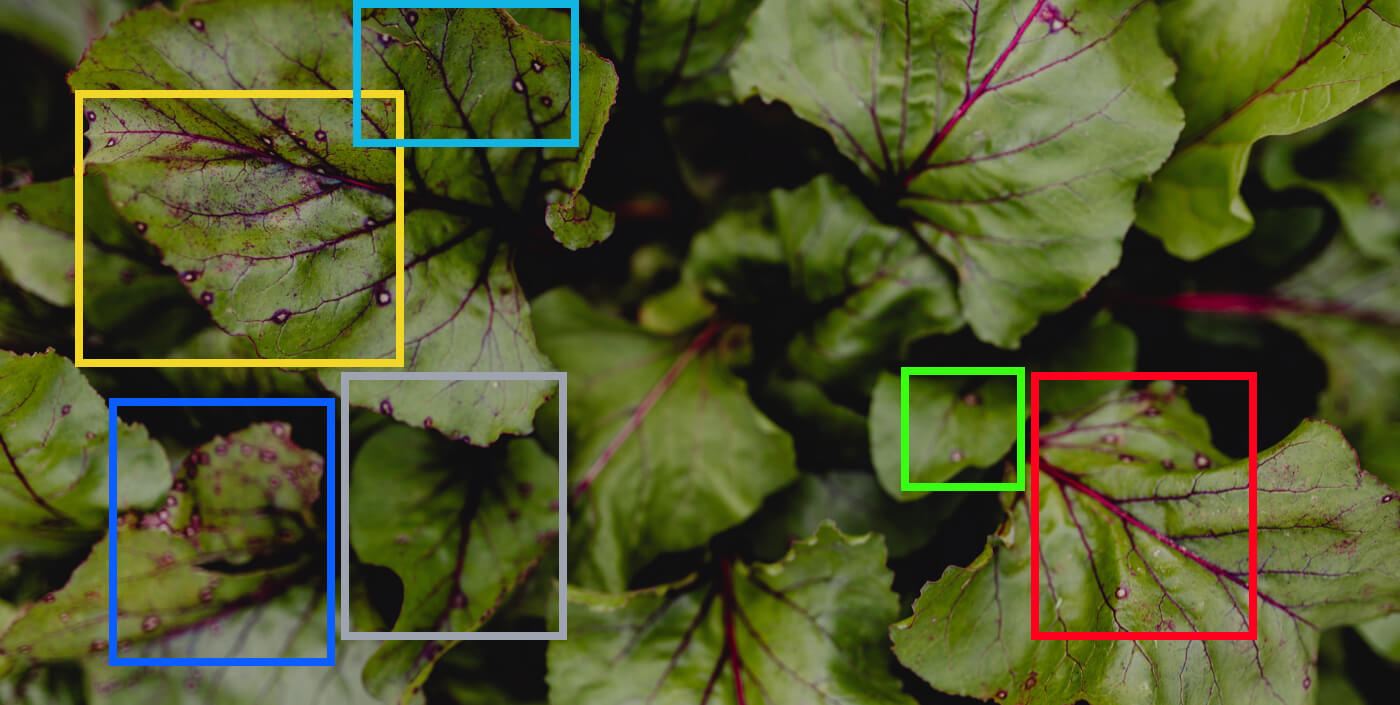Introduction
Disease detection in plants plays a very important role in agriculture. Crop diseases serve as a major threat to the food supply. Identifying disease by just looking at images of plants can lead to quicker interventions that can help farmers a lot. We will use neural networks for plant disease recognition in the context of image classification.
Dataset
We can use any public dataset available online for this project like https://www.kaggle.com/emmarex/plantdisease
https://www.kaggle.com/vipoooool/new-plant-diseases-dataset
 Next thing is to import the necessary packages
Next thing is to import the necessary packages
- Numpy: A library for the Python programming language, adding support for large, multi-dimensional arrays and matrices, along with a large collection of high-level mathematical functions to operate on these arrays. (Source: Wikipedia )
- Sklearn: A free software machine learning library for the Python programming language. It features various classification, regression and clustering algorithms including support vector machines, random forests, gradient boosting, k-means and DBSCAN, and is designed to interoperate with the Python numerical and scientific libraries NumPy and SciPy. (Source: Wikipedia )
- Keras: Keras is an open-source neural network library written in Python. It is capable of running on top of TensorFlow, Microsoft Cognitive Toolkit, or Theano. Designed to enable fast experimentation with deep neural networks, it focuses on being user-friendly, modular, and extensible. (Source: Wikipedia
- Matplotlib: A plotting library for the Python programming language and its numerical mathematics extension.
Network Architecture
- We split the data-set into three sets — train, validation and test sets.
- We tried with pre-trained models like Inception v3. The last layer is used for the classification with softmax as the activation function.
- The loss function used is binary cross-entropy and trained the model for 50 epochs.
- For this architecture, we’ve used 30 per cent dropouts to reduce overfitting in between the layers and batch normalization to reduce internal covariate shift.
 (source – https://towardsdatascience.com/plant-disease-detection-using-transfer-learning-e6995642a71e )
(source – https://towardsdatascience.com/plant-disease-detection-using-transfer-learning-e6995642a71e )
Model From scratch

(Plant-ai)
Wrapping Up
If you want to know more about our skills and our ideas in Deep/Machine Learning, then why wait? Get in touch with us. Reach us at info@letsnurture.com. We would be glad to stroll with you.












